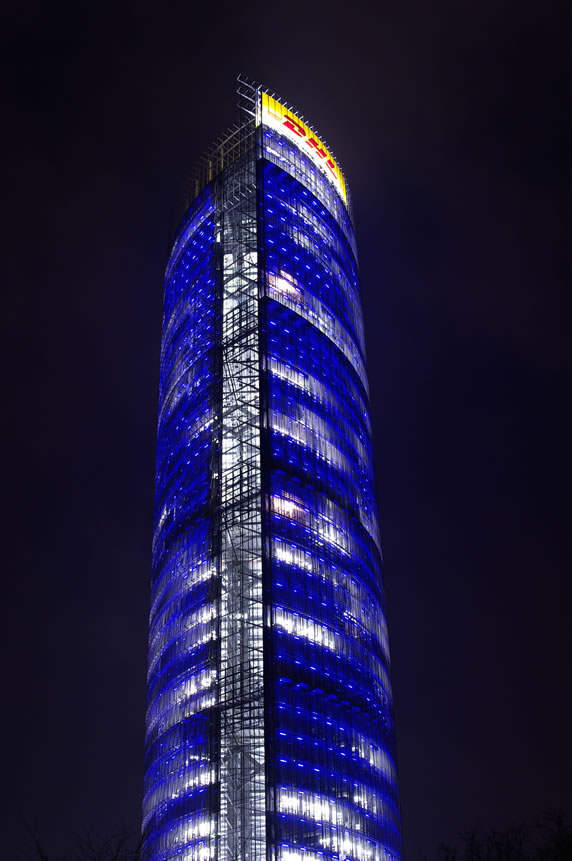
Building: Post Tower Location: Bonn, Germany Media facade designer: L-Plan Lichtplanung Year built: 2012 Image credit: Deutsche Post AG
Media facades have become a firm feature of the 21st century metropolis, increasingly bathing gray cities in an imposing play of light and color. What once began with lurid neon advertising hoardings in New York’s Times Square has grown beyond its initial purpose as a pure advertising medium to present itself today as a conveyor of artistic and social messages, transforming buildings into giant screens. There are now even architecture practices specializing in “mediatecture”.
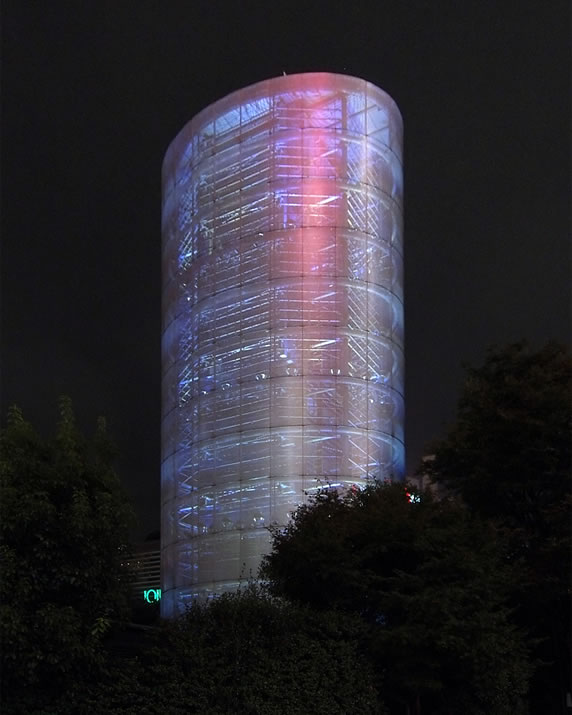
Building: Tower of Winds Location: Yokohama, Japan Media facade designer: Toyo Ito Year built: 1986 Image credit: Wiiii
One of the leading developers of media facades is the Berlin, Germany-based architect and artist collective realities:united. For ILUMA, an entertainment center in Singapore, the practice collaborated with WOHA Architects to develop the Crystal Mesh facade. By day, this 5,000 square meter facade wraps the building in a glittering cloak of large, sparkling crystals, while transforming the complex at night into a giant light sculpture on which video animations can be watched.
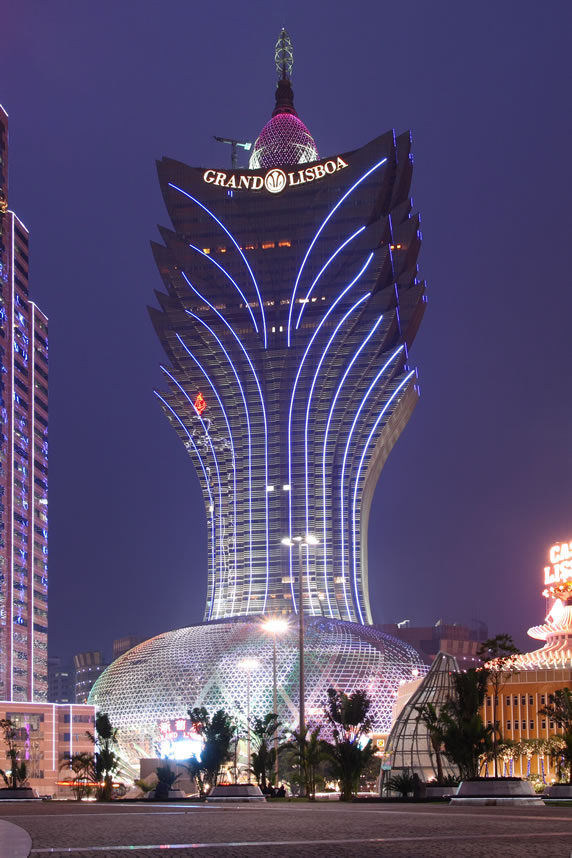
Building: Grand Lisboa Hotle and Casino Location: Macau, China Media facade designer: Daktronics; Magic Monkey Year built: 2007 Image credit: Michiel van Dijk
The magic of the facades even extends to them being able to react to external influences. The Toyo Ito-designed Tower of Winds, for instance, provides a kind of reflection of the atmosphere: the tower reacts to weather conditions by translating climatic data such as light, wind and temperature into a play of colors made up of LED dots.
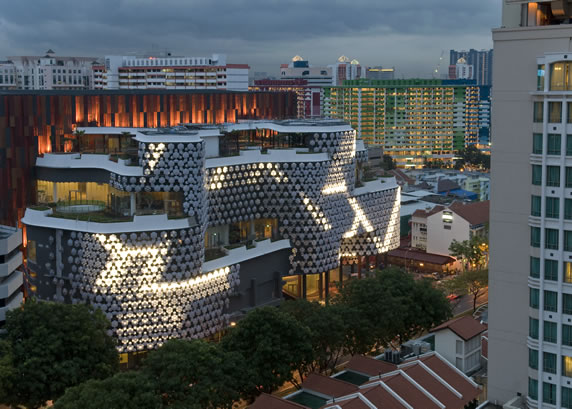
Building: ILUMA, Crystal Mesh Location: Singapore, Singapore Media facade designer: realities:united; WOHA Year built: 2009 Image credit: realities:united, Berlin
That an imposing lighting installation does not necessarily lead to soaring electricity costs, is demonstrated by the GreenPix project, the world’s largest color LED display, which according to its architects is fully self-sustaining. Solar energy collected from photovoltaic cells during the day is used to light up the LED screen at night.
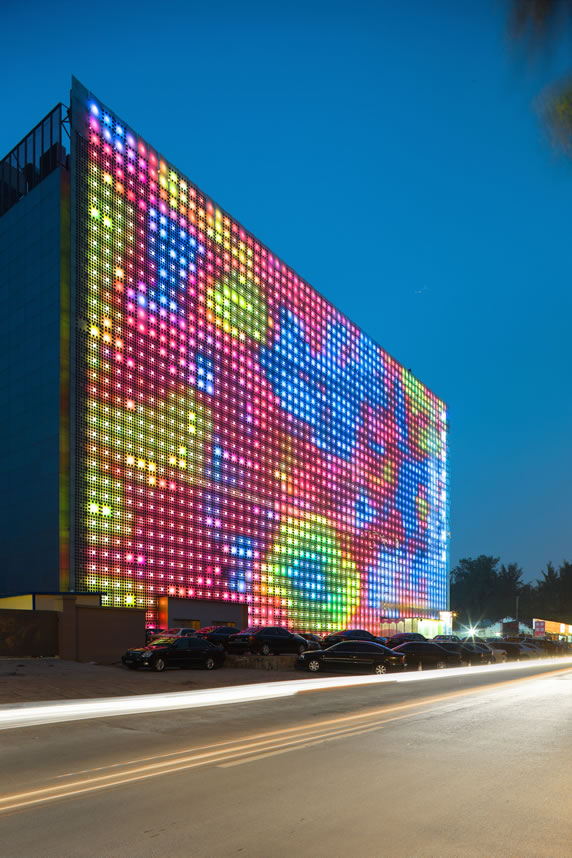
Building: Xicui Entertainment Complex, GreenPix (Zero Energy Media Wall) Location: Beijing, China Media facade designer: Simone Giostra & Partners Architects; Arup Image credit: Zhou Ruogu Architecture Photography
Today, media facades are a whole lot more than outsized screens on building walls. Pioneers such as Jan Edler of realities:united, are convinced that the new “mediatectures” will play ever more of a role in the future: “Interest in ‘media facades’ appears to be on the increase. We view media surfaces as forerunners of buildings that can actively change and adapt themselves. In this respect, the future potential of such developments is not to be underestimated.”
Source: Emporis (www.emporis.com)

